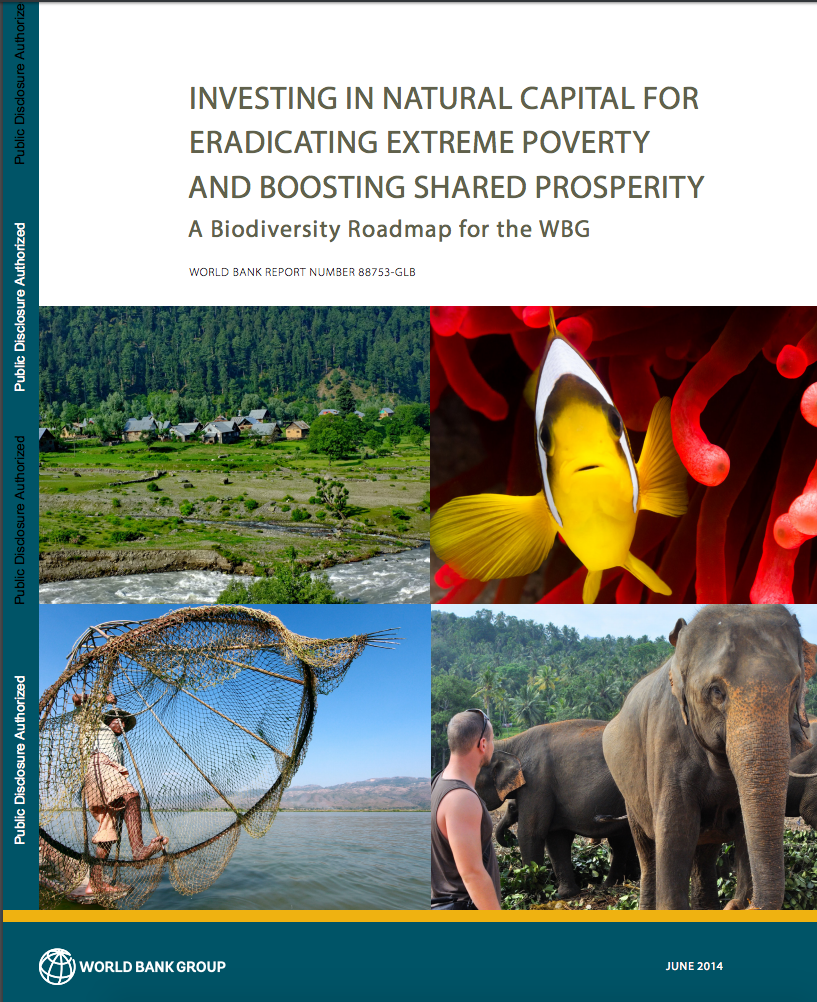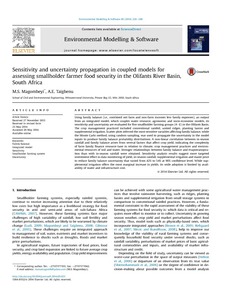Understanding the Agricultural Input Landscape in Sub-Saharan Africa : Recent Plot, Household, and Community-Level Evidence
Conventional wisdom holds that
Sub-Saharan African farmers use few modern inputs despite
the fact that most growth-inducing and poverty-reducing
agricultural growth in the region is expected to come
largely from expanded use of inputs that embody improved
technologies, particularly improved seed, fertilizers and
other agro-chemicals, machinery, and irrigation. Yet
following several years of high food prices, concerted






